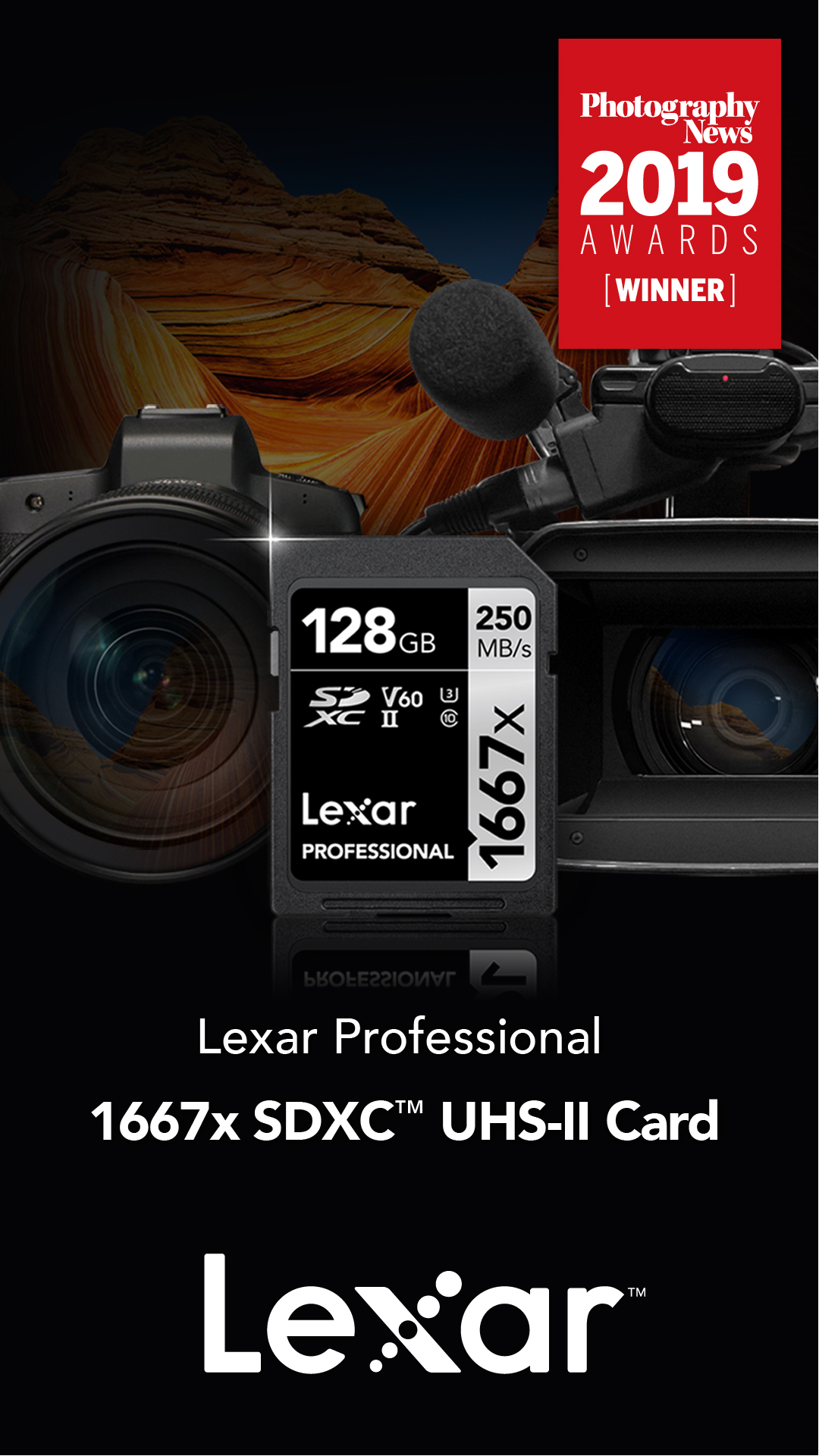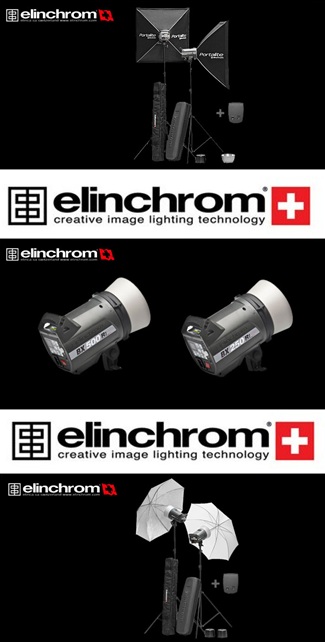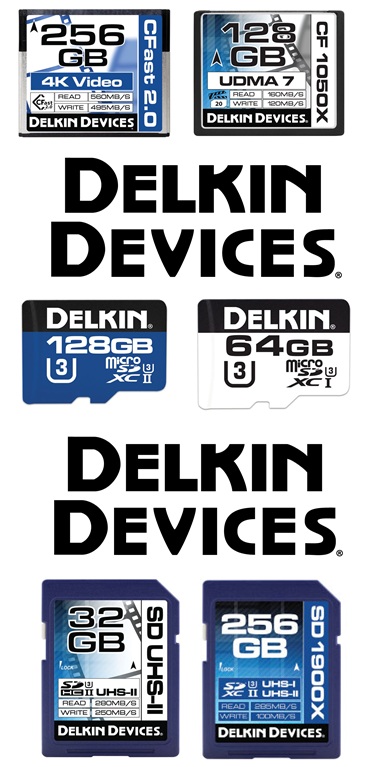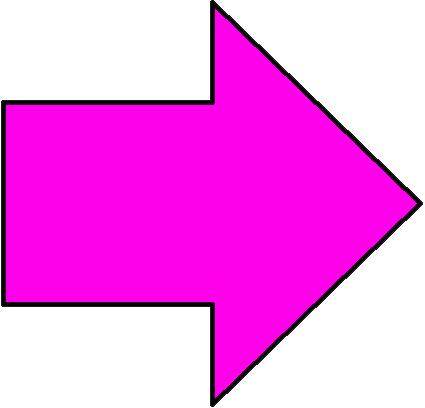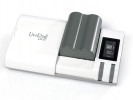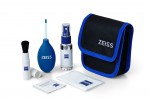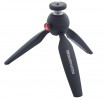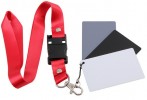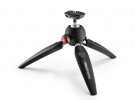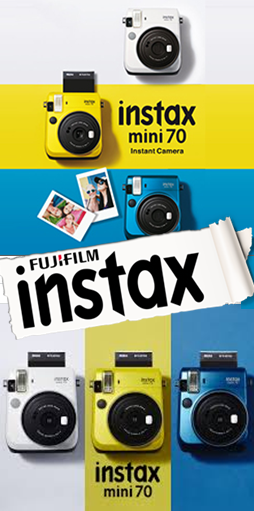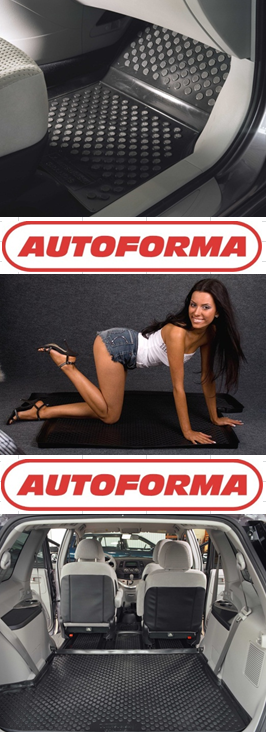Компакткамера»Lytro»ILLUM»(new)
The Lytro Illum features a 40-megaray light field sensor, 8x optical zoom lens (30mm-250mm equivalent)
with a constant aperture of f/2, 1/4000 of a second high-speed shutter, extreme close-focus macro capability,
articulating touchscreen and a flash hotshoe.
Forget most of what you know about the rules of photography and start from scratch:
an unnerving or exciting proposition, depending on your personal disposition.
This is a camera – perhaps more than any previously – made specifically for the digital age,
where images are most often consumed on desktops, smartphone and tablet screens,
rather than as hard copy prints.
Though we can understand why some may be scratching their heads about the best
end application for the second generation of the Lytro, the ‘Illum’, which affords its user the ability
to switch focus from one portion of the frame to another after the initial shot has been captured,
this time via a touch screen tap as well as mouse click once downloaded,
the positive approach is that the sky is potentially the limit.
As to the general look of the magnesium and aluminium bodied Lytro, well, with its angular,
almost industrial matt black finish, the Illum resembles a stealth version of a bridge camera,
perhaps put together by some covert organisation.
It’s big and reasonably bulky with official dimensions of 86x145x166mm
and a weight of 940g without supplied battery inserted.
Unkinder folks might suggest this minimalist approach also makes it look a bit unfinished,
a touch prototype-like – but we’re not talking about a camera that’s pitching itself as a style icon here;
it’s what it innovatively does, or provides the possibility to achieve, that counts.
The differences with this device extend to the fact that we’re not to think in terms of pixels as regards the pioneering Illum,
but rather ‘pixel type information’. As mentioned, the camera is not designed to capture flat 2D data,
but rather light in multiple directions to derive rich 3D data instead.
It captures the colour, intensity and direction of each ray of light. Thus the terminology here is of ‘megarays’ not megapixels.
We’re capturing a whole box of data, as we do with our own eyes.
There are 40 megarays offered by the Lytro Illum via an unconventional ‘light field’ sensor
– in actuality a customized 1/1.2-inch CMOS sensor. It takes a while to get your head around that concept,
and it also affects the way that images are composed using the camera too.
Or it should do, if you want the most startling effects. We were looking for depth in a shot
– and something of interest in both foreground and background to provide it.
A depth scale is provided on screen to help achieve this.
This shows the re-focus range of the camera on a distance scale
(in centimetres and metres, as the camera can focus down to 0cm),
meaning that subjects within this given range are capable of being sharply refocused after the image is taken.
We can forget about JPEG capture too:
the only file format choices here to shoot our ‘living images’ are Lytro Raw or X-Raw. Helpfully,
unique software comes bundled with the device.
Plus, rather than the resultant file sizes of around 60MB being capable of being dragged
and dropped onto your desktop, if you’re not going to try exporting a file as an animation
to your desktop then they need to be exported and hosted by Lytro, in either public or private galleries.
There is however the option to get an embed code from Lytro for hosting on your own site
– as we’ve done here – or to export images to Photoshop as a layered file.
A 6MB or 7MB JPEG can be exported for 10x12 output,
but while we could achieve a 10x12 print at a decent quality,
the Lytro isn’t designed for shooting billboard posters.
It goes without saying however that with 60MB file sizes generated
a high capacity SD card with a fast read/write speed is a must.
Apart from Photoshop, workflow compatibility is offered with Lightroom and Apple’s Aperture software.
.
What is easier to grasp in all of this is that the Lytro’s lens aperture remains
a constant bright/fast f/2 throughout the focal range, which is the equivalent of a 30-250mm (an 8x optical zoom).
Though the lens in use cannot be swapped, there’s the ability to focus right up to its front element
– in other words you can have the lens actually touching your subject if so desired
– and it comes with an ND filter and lens hood. There is a degree of customization possible,
in that the direction in which the lens rings – of which there are two, one for zooming the other for focusing
– turn can be altered. There is also Wi-Fi here, but presently compatibility is only offered with iOS, not Android.
Though a vacant top plate hotshoe is provided for possible accessories,
the Lytro Illum doesn’t shoot video (though its files can be exported as video animations using the supplied software)
and there isn’t any built-in flash facility either at present, though the f/2 lens and the ability
to alter exposure compensation on the fly with a flick of one of the two available control dials
is certainly helpful straight out of the box.
A compatible flashgun will apparently be made available ‘in the future’.
We found the camera slightly underexposed as a default,
though you don’t have to manually bump the exposure compensation up by much.
Light sensitivity stretches from ISO80-3200 and maximum shutter speed is 1/4000 sec.
The screen can be pulled out by flipping out the bottom edge
and tilted upwards so that you’re looking down at the image, if so desired.
The front of the Illum is dominated by the thick width and looming presence lens of,
which in fact largely makes up the physical bulk of this camera.
Pick it up, and apart from the fact that the weight at 940g means two handed use is required at all times,
with shoulder strap provided, what feels most obviously missing is an eye level viewfinder
– something you’d readily expect to find on any ‘normal’ camera costing a suggested £1299.
That said, using the large 4-inch smartphone-sized screen as our primary
and only means of framing and reviewing images makes sense as it does afford the space
to manipulate the image with a finger press and check the results.
It also quickly becomes apparent that this isn’t a camera that even
the most experienced of photographers can quickly charge up and get shooting with almost out of the box,
or one to be used for shooting from the hip. We found that it dictated a slower,
a more considered approach to image making as we were considering
the elements that made up our image from front to back more.
A straight-on shot didn’t look as interesting as one perhaps angled to the side,
that would reveal a new layered perspective that we could explore with a finger tap of the camera’s articulated rear screen,
or a click of the mouse once our images were loaded into the provided
Lytro desktop software package that provides virtual camera controls for post processing of the likes of aperture,
focus, and perspective adjustments including aping a tilt and shift effect.
If your screen or monitor is 3D enabled it’s also possible to view the images in 3D
– unfortunately ours wasn’t, so we can’t vouch for the full effect.
With the Lytro Illum’s lens cupped in the left hand, the right finds purchase on the large angled grip.
This has a smooth flat rubber textured feel, rather than being moulded in the shape of the fingers.
We also have a control wheel inset into the very top of the handgrip,
as you’d find in the same location on a semi pro DSLR, and behind this on the angled slope of the grip,
a large and prominent shutter release button over which the forefinger hovers comfortably and intuitively.
The two lens rings are also rubber textured, though this time
with a rougher surface that allows you to locate them without taking your eyes
off the back screen and prevents slippage in the heat of the action.
As mentioned previously the wider rear ring is for zooming in or out
– the zoom mechanism is internal here which means the barrel doesn’t visibly move
whether we’re zooming in or out. As well as the ability to focus manually via the lens ring,
a finger tap within the frame we’re presented with on screen will direct focus to that area of the frame,
or portion of the subject, right into the very edges.
If we’re shooting right up close to a subject, then it is possible to swap between
a captured view showing the nose sharp and the ears softly focused, or vice versa.
The smaller button located just behind the shutter release, marked with a square within a circle,
has been officially christened the ‘Lytro button’ and calls up the aforementioned depth scale
with live histogram on screen, via a menu bar or toolbar presented on the right hand side.
At this point our attention is drawn to the histogram wavering between blue
and orange zones as we attempt to set up a shot
– the blue indicating the foreground area that it will be possible to focus within,
and the orange the background area
– with the most effective results/sharpest resolution achievable for us when it is sitting
on the warmer orange half or wavering midway between the two
– in terms of giving us the widest amount of options in term of the depth of the frame.
As one can imagine it takes a bit of playing with and a degree of initial trial and error
(not to mention patience) to end up with a result that you are happy with.
That said, one could argue the beauty of photography is that it is all about experimentation,
and experimenting with light at that.
Via the right hand on-screen toolbar in capture mode we’re presented with program,
shutter priority and manual modes as well as an ‘I’ (ISO priority) mode that allows for incremental
user adjustments of ISO without exposure compensation automatically adjusting in tandem,
which is what happens in the other shooting modes.
We also get the usual ability to alter white balance manually if so desired
– though we found the Lytro’s auto setting made a decent fist of it
– as well as call up a nine-zone compositional grid or histogram on screen.
We also get access to settings menu that allows for basic common adjustments,
and an icon for activating manual focus with a finger tap,
as well as a three shot exposure bracketing option plus continuous capture option whereupon
the camera is capable of shooting a burst of three frames per second.
Moving on, the main power button is located just behind this second button,
set level with the top plate and adjacent to a lug for attaching a provided shoulder strap.
The second strap loop is located not on the opposite end of the top plate, but rather near the base at the opposite edge.
Give the power button a press and the camera, provided it’s been powered up from scratch once,
is immediately up and running ready for your first composition.
If you press the power button thereafter the camera doesn’t appear to fully power down,
but rather to enter a sleep mode – thus a subsequent press and we’re almost immediately back up and running.
Top right of the backplate, and ready for a spin, is a second control wheel via which the likes of ISO,
shutter speed and exposure (+/-2EV in Program mode) can be adjusted
– incremental tweaks revealed at the base of the display screen, as is battery life and amount of shots remaining,
while the live view screen displays such adjustments in real time, lightening or darkening the image
– with a quartet of buttons clustered together just beneath. Again these are in a perfect position for thumb operation.
The top two are clearly labeled as auto focus (AF) and auto exposure lock (AEL).
Press the AF button and the camera visibly adjusts focus for you,
the image on screen momentarily blurring before snapping back into focus with a bleep of affirmation.
We found it more natural (and quicker) however to use manual focus than tapping the screen
or waiting for the camera to decide,
with the 4-inch display being sufficiently large for us to be able to determine
that we had what we intended to be sharp in the frame just so.
Just below this pair of buttons is an identical twosome: an infinity focus button
– press this and the on-screen depth scale automatically adjusts accordingly – and a function (Fn) button,
for which the default setting is image retrieval/playback mode.
What is noticeably missing is a dedicated delete button,
though this can be achieved by merely tapping the centre of the screen in playback mode,
which brings up the opportunity to erase your shot.
Naturally there’s also the ability to format the card within the camera by digging deeper into available settings.
In playback mode we’re presented with a menu bar/toolbar to the right hand side of the screen.
Top right is a virtual button for returning to capture mode in an instant, denoted by the familiar camera icon.
On the same bar we also get the option to view our images in groups as a series of smaller thumbnails,
call up a histogram, delete the shots or again access the settings menu,
which is identical to the one presented in capture mode – in that we can alter brightness and sounds,
as well as activate an image clipping warning, switch file formats between Lytro Raw and Lytro XRaw,
turn on noise reduction for long exposures or attempt to access iOS devices via a wireless point.
SD cards are inserted beneath a plastic flap on the left flank of the camera, as viewing it from the rear,
the slot for which sits next to one for attaching a USB cable,
which also allows for the battery to be charged in camera if so desired.
The base of the camera meanwhile features a screw thread positioned at the mid point of the lens barrel
for attaching the unit to a tripod, and over at the base of the handgrip is where we find the rechargeable battery,
the design of which incidentally mirrors the sloping shape of the camera’s handgrip,
rather than being the usual rectangle.
Remaining battery power is displayed as a percentage at the bottom of the screen,
so we always had a good idea of whether we were going
to be likely to fall low on juice at an inopportune moment or not.
Product: LYTRO ILLUM
Dimensions: 3.4" x 5.7" x 6.5" (86mm x 145mm x 166mm)
Weight: 940 grams / 33.15 oz / 2.07 lbs
Body: Magnesium and Aluminum
Grip and lens rings: Silicone
LENS
Focal Length: 9.5 - 77.8 mm (30 - 250 mm equivalent)
Crop Factor: 3.19
Zoom: 8x optical
Lens Aperture: Constant f/2.0
Macro: Focus to 0 mm from lens front
Macro Ratio: 1 : 3
IMAGE SENSOR
Sensor Type: Light field sensor based on CMOS technology
Light Field Resolution: 40 Megaray
Sensor Format: 1/1.2"
Active Area: 10.82 x 7.52 mm
ISO Range: 80-3200
PROCESSING
Processor: Snapdragon® 800 processor by QUALCOMM® Incorporated
IMAGE
Format: Light Field RAW (.lfr)
Aspect Ratio: 3:2
2D export resolution: 2450 x 1634
File/Picture Storage: SDXC/SDHC memory card slot (SD card not included)
SHUTTER
Shutter Type: Focal plane
Fastest Shutter Speed: 1/4000 sec
Longest Shutter Speed: 32 seconds
Flash Sync Speed: 1/250 sec
Drive Modes: Single, continuous or self-timer
Self-Timer: Yes (2 or 10 seconds)
Continuous Drive: 3 fps
DISPLAYS & CONTROLS
EXPOSURE
Metering System: Scene Evaluative
Exposure Histogram: In Live View and Playback
Exposure Modes: Program, ISO Priority, Shutter Priority, Manual
Exposure Compensation: Yes
Exposure Bracketing: Yes
Exposure Lock: Yes
Clipping Warning: Yes
FOCUS / AUTOFOCUS
Auto-focus Modes: Region AF
SCREEN
Touchscreen: Yes (capacitive multi-touch)
Screen Type: Back-lit LCD
Screen Size: 4" LCD rear screen
Resolution: 480 x 800
Articulation Mechanism: Dual hinge tilting
Articulated Angles: -10 to +90
Angle of View: Up to 80 degrees
Adjustable Brightness: Yes
Live View Rendering: Yes
PLAYBACK
In Camera Picture Review: Yes
Light Field Playback Function: Refocus
MENUS / INTERFACE
Programmable Buttons: Yes
Programmable Dials: Yes
Customizable Menus: Yes
HARDWARE
POWER
Battery: Removable 3.7 V, 3760 mAH Li-ion
Battery Charging: Standalone wall charger and USB
EXTERNAL
Hot-shoe: ISO compatible hot shoe with center pin sync as well as multi-functional accessories
Tripod Socket: Standard 1/4"-20 UNC threads
Cable Shutter Release: Yes (2.5 mm shutter release)
USB: Micro USB 3.0
MISCELLANEOUS
Technology: Lytro Light Field Sensor and Lytro Light Field Engine 2.0
Wireless: Wi-Fi (802.11a/b/g/n/ac)
Software: Includes Lytro Desktop for living pictures management, editing,
animation authoring, exporting, as well as sharing.
Software requires OS X 10.8.5 (or greater) or 64-bit Microsoft Windows 7/8.
E-Waste: RoHS certified
Color: Black
Model Number: B5-0035 (NA), B5-0036 (EU), B5-0037 (AP)
IN THE BOX
BOX DIMENSIONS
Approx. 8.07 in x 8.07 in x 8.07 in | 205 mm x 205 mm x 205 mm
INCLUDED
LYTRO ILLUM Camera; battery, battery charger, micro USB 3.0 cable,
lens cap, lens hood, 4-stop ND filter, cleaner cloth, strap anchors, strap


